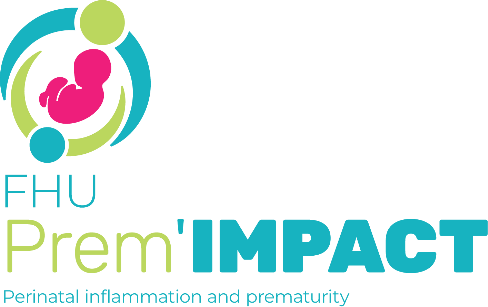Abstract
Humans are inevitably exposed to micro- and nanoplastics (MP/NP). These particles are able to cross the biological barriers and enter the bloodstream with levels close to 1.6 µg mL−1; MP/NP have been detected in placentas and meconium of newborns. However, the consequences of this exposure on the integrity, development and functions of the human placenta are not documented. In this study, trophoblasts purified from human placentas at term were exposed for 48 h, to two different sizes of polystyrene nanoparticles (PS-NP) of 20 nm (PS-NP20) and 100 nm (PS-NP100), at environmental and supra-environmental concentrations (0.01–100 µg mL−1). Cell viability, oxidative stress, mitochondrial dynamics, lysosomal degradation processes, autophagy, inflammation/oxidative responses and consequences for placental endocrine and angiogenic functions were assessed. PS-NP size determines their internalization rate and their behavior in trophoblasts. Indeed, PS-NP20 are more rapidly translocated, and accumulated in lysosomes as shown by confocal and TEM imaging. They induce higher cytotoxicity than PS-NP100, as early as 1 µg mL−1 (p < 0.05). In addition, they induce a pro-inflammatory cytokines response: IL-1ß is induced from 0.01 µg mL−1 for the both nanoparticle sizes; IL-6, and TNF-α are overexpressed at 100 µg mL−1 only for PS-NP20 (p < 0.05). For the first time, we report that PS-NP disrupt endocrine function, as observed by a decreased hCG release at concentrations found in human blood. This work, provides an in-depth in vitro assessment of the effects of PS-NP on the human placenta.
